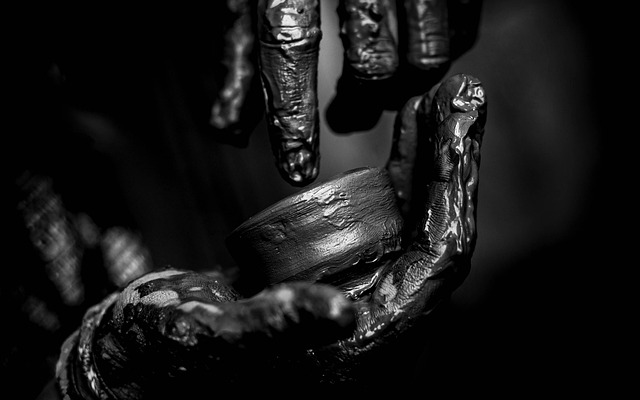Capturing the essence of action in photography can be a thrilling yet challenging endeavor. When we think about action shots, we often envision dramatic moments frozen in time, whether it’s the precision of a skateboarder mid-air or the electrifying speed of a sprinter crossing the finish line. The right lighting combined with effective camera techniques can make all the difference in immortalizing these fleeting moments.
One of the most crucial aspects of photographing action is understanding the role of light. Natural light can enhance the mood of your photos, but mastering artificial lighting can elevate your images to an entirely new level. Consider using diffuse lighting techniques to soften shadows, allowing the subject’s details to pop without the distraction of harsh contrasts. Softboxes or LED panels can act as valuable tools to ensure even lighting when you’re shooting in less-than-ideal conditions.
In addition to lighting, optics play a vital role in how you capture movement. Lenses with fast apertures, such as a 50mm f/1.8 or a 70-200mm f/2.8, allow more light to enter the camera, enabling quicker shutter speeds. This is essential for freezing action and minimizing motion blur. Moreover, a lens with a good autofocus system can help track your subject efficiently, ensuring that even the most dynamic movements are captured crisply.
When shooting action, a faster shutter speed is your best ally. Experimenting with shutter speeds ranging from 1/500s to 1/2000s can yield stunning results. This not only prevents blurriness but can also create unique effects like freezing a soccer player mid-kick or capturing water droplets airborne during a splash. Combined with a low ISO setting, this technique can ensure your photos maintain their quality, even in varying light conditions.
But that’s not all! Don’t forget about the power of continuous shooting mode. This allows you to take multiple frames per second, which is particularly useful for capturing sequences of movement. By reviewing these shots, you’re more likely to find that perfect moment where the subject is in its most dynamic pose. The thrill of this pursuit is what drives so many photographers to hone their action photography skills.
Moreover, consider how angles and perspectives can add depth to your action shots. Instead of shooting from eye level, try to position yourself lower to the ground or find a higher vantage point. This change in perspective can convey the intensity of the action and create compassion for the subject. Remember, photography is not just about documentation: it’s about storytelling, and every angle can tell a different narrative.
In summary, the world of action photography is a captivating blend of skill, timing, and creativity. By leveraging effective lighting techniques, understanding your optics, and mastering camera settings, you’ll be well on your way to capturing breathtaking action shots that resonate with viewers. Embrace the challenge and excitement that comes with this form of photography—it can ultimately lead to stunning visuals that truly celebrate the essence of motion.




